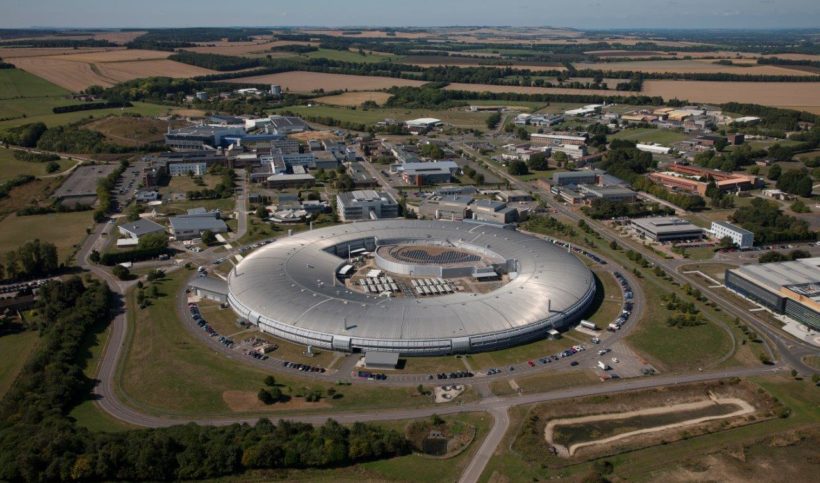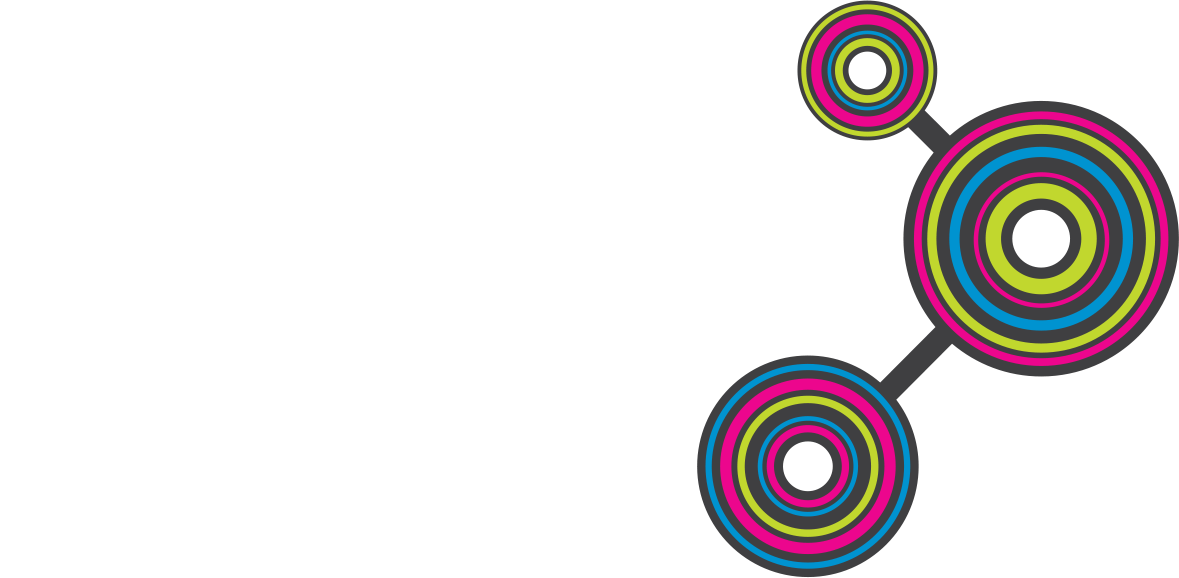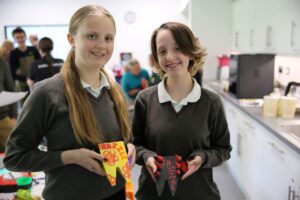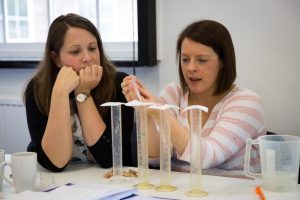Science Oxford’s STEM Insight Week goes virtual
Monday 9th November 2020

In October half-term, Science Oxford’s STEM Insight Week gave a group of secondary school students a virtual insight into some of the most cutting-edge biomedical science organisations in Oxfordshire and Buckinghamshire.
The idea of our STEM Insight Weeks is to give students the opportunity to find out about possible career opportunities as well as introducing them to the science and scientists working on some of the most challenging issues we face today and, hopefully, to provide them with an insight into the range of possibilities open to them.
One of the many highlights of the week was a virtual tour of the Diamond Light Source facility at Harwell. Part of the Government-funded Rutherford Appleton Laboratories, the donut-shaped building is, in fact, the UK’s national synchrotron science facility or large particle accelerator – one of only 20 in the world.
By accelerating electrons to nearly the speed of light, the synchrotron facility generates beams of light from infra-red to X-rays which are used to look at all types of matter for academic and industrial research. Each of the beamlines created allows scientists to study matter in incredible detail and, as our guide David Price said, “it means lots of amazing science goes on here.”
Each of 32 beamlines all do slightly different things which allows research into a wide range of projects – including solar panels, jet engines or hard drives. Their focus in biomedical research currently includes glucose metabolism for diabetes drugs, understanding rejection of metal hip replacements and the structure of the EV71 virus – that’s the one for hand, foot and mouth disease. Over the last nine months, beamline IO41 has been dedicated to Diamond Light Source has also been heavily involved in research in to COVID, with beamline IO41 dedicated to it.
The advantage of having a virtual, rather than an actual, tour of the Diamond Light Source facility is that we went into parts of the synchrotron that you wouldn’t normally see – the central tube (or what David called “the racetrack for electrons”), the beamlines and even into individual research stations.
Diamond Light Source employ 700 people from 40 countries across the world. Projects are pitched and selected by a panel of scientists, 90% of which are academic. Diamond is one of the most advanced scientific facilities in the world and its pioneering capabilities are helping to keep the UK at the forefront of scientific research.
Other virtual tours and talks during the week included in-depth tour of the Medical Research Council (MRC) mouse facility at Harwell, an interactive presentation and Q+A of the global health network, Cochrane, a virtual tour of the Dunn School of Pathology, talks from pharmaceutical company Vertex, a session with Abbott Diabetes Care, and a morning talking to the University of Oxford’s Oncology Department.
Each of the sessions had a different insight or take home. For instance, the Mary Lyon Centre at Harwell has mice that are being used to progress incredible genetic research into diabetes, deafness, ageing and disease. Vertex had several STEM “ambassadors” who gave us a really clear insight into different careers within the company and some useful tips and pointers for students. The global engineering and manufacturing company GKN produced ventilators for the pandemic as well as continuing to develop electric motors for Formula 1 teams.
Aside from the talks and tours, Science Oxford held a CV writing workshop to help young people with their next steps. We hope that the week has inspired students from schools across Oxfordshire and Buckinghamshire and that they will go on to have amazing careers in STEM.
Here are some quotes from businesses and organisations that took part in our Insight Week:
“We really enjoyed taking part in this year’s STEM Insight Week. We spoke to a brilliant group of students about evidence-based medicine and why it’s important to critically question health claims.” Cochrane
“What a fantastic morning with Science Oxford – a great group of students with some really interesting questions!: Mary Lyon Centre, Harwell
Thanks to all the companies and organisations that supported our STEM Insight Week Autumn 2020.
And here are some quotes from some of the students that attended our STEM Insight Week:
“I learnt so much about the companies, careers and the people! It is a great experience whether you are into science or not. Before I was unsure about this field of work, but the STEM Insight Week has given me a clear vision that will guide me as to what I wish to do when I am older!”
“You learn about what careers are out there for everyone and all of the opportunities we have as students in 2020 and how we can make a difference through the choices we take now. How we could be the ones that make a more efficient way for people to control their problems and maybe we be the people that younger unborn generations remember for years on end. It shows you what you can accomplish when you are older.”
Our next STEM Insight Week will be run over February half term 2021. If you want to be kept up-to-date with Science Oxford news and events, sign up to our newsletter here or contact our team direct on [email protected]



